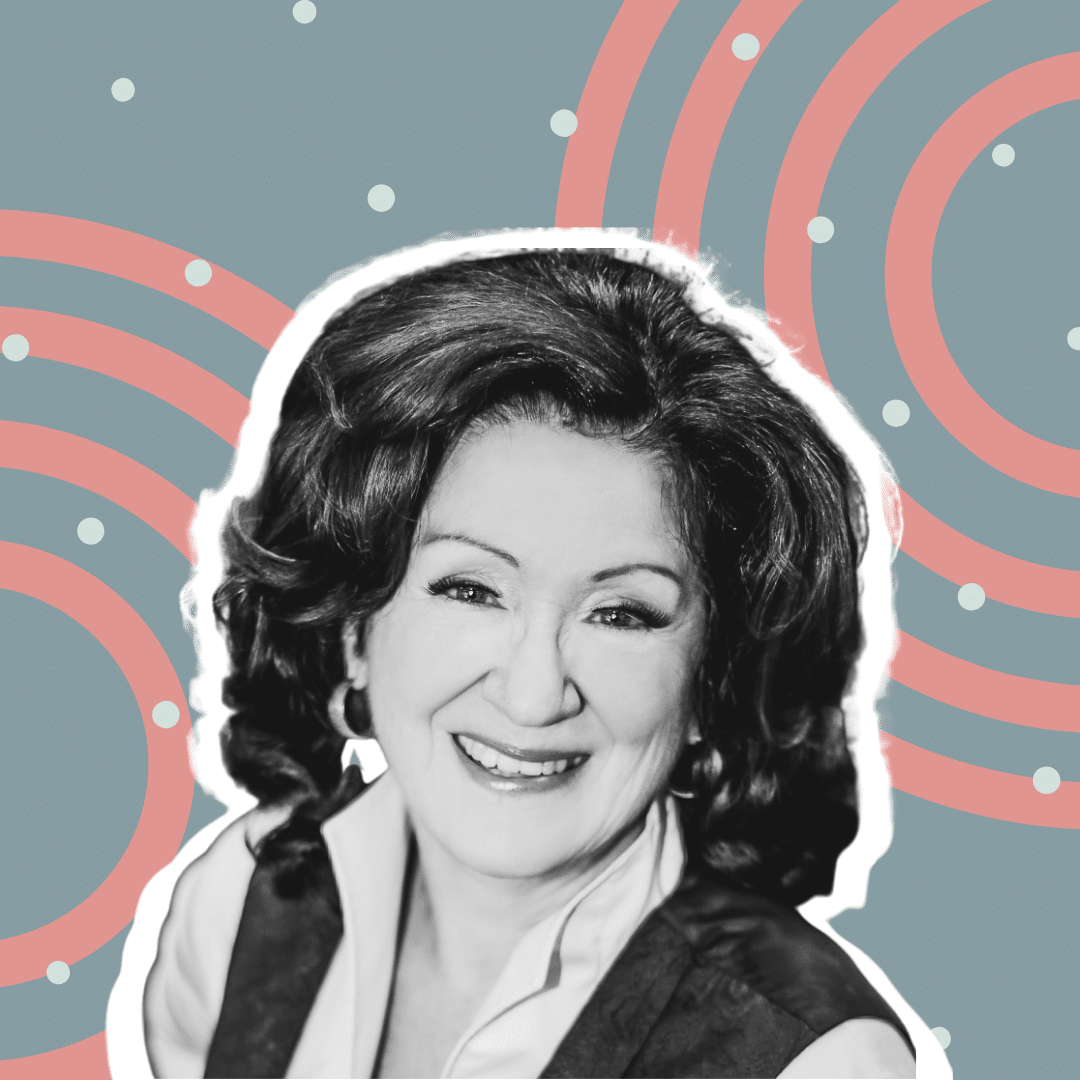Mindful In May 2021 | Day 17
Day Seventeen
DAY 17: Dr Elise Bialylew interviews Sue Johnson
Video Objectives About Dr. Sue Johnson Video Objectives
You’ll learn:
- What attachment is and why it’s so important.
- The key ingredients to a fulfilling, long-term relationship.
- The classic dialogue between couples in distress and how to create a more thriving relationship.
- How childhood relationships influence your adult relationships and how to grow from childhood stress and trauma.
 Sue Johnson CM is a British clinical psychologist, couples therapist and author living and working in Canada. She is known for her work in the field of psychology on bonding, attachment and adult romantic relationships.
Sue Johnson CM is a British clinical psychologist, couples therapist and author living and working in Canada. She is known for her work in the field of psychology on bonding, attachment and adult romantic relationships.
Prefer to listen, rather than watch? Click the play button below.
Want to read the transcript from this interview? Mind Life Project members receive access to interview transcripts and 6 months of mindfulness support, live meditations, and more👇
Click here to download the transcript of Dr Elise Bialylew’s interview with Dr Sue Johnson.[/accessally_has_any_tag]
Your meditations for today
Relax Your Mind With The Breath: A Meditation with Elise Bialylew
Compassionate Breathing Anchor with Vidyamala Burch
Vidyamala co-founded Breathworks which has now spread internationally with accredited trainers in over 35 countries. She also co-founded Breathworks Foundation – dedicated to making mindfulness and compassion training available to anyone regardless of circumstances. She is the author of 3 books: Mindfulness for Health – a practical guide to relieving pain, reducing stress and restoring well-being co-authored with Danny Penman; Mindfulness for Women – declutter your mind, simplify your life and find time to ‘be’ co-authored with Claire Irvin; Living Well with Pain and Illness – how mindfulness can free you from suffering.
THE MINDFUL ABCD OF EMOTIONAL FIRST AID
I have found Sue’s work so informative and helpful in navigating my own relationship with greater love and presence. Creating more mindful relationships is crucial to our wellbeing, and I think you’ll be very engaged by what Sue has to say:
I’ll be very interested to hear your thoughts about this interview.
You’ll find a guest interview with Vidyamala Burch – it’s a lovely one that supports you in strengthening the crucial attitude of compassion, both towards ourselves and within our relationships.
“To live wisely is to find composure in it all.” ~ Jack Kornfield
So in the spirit of exploring “relationships” and the fact that relationships can be the source of deep joy or intense frustration and pain, I thought it would be timely to try an emotional first-aid exercise.
Having the skills to manage our own emotions is a key ingredient in allowing us to meet another person with less emotional reactivity and greater wisdom.
In daily life, when you’re emotionally triggered and your prefrontal cortex is hijacked by your amygdala, whether you’re feeling anger, fear, or agitation, you need a simple reminder to help you work with the emotion mindfully.
Today, we explore the mindful ABC of Emotional First Aid that I created, inspired by my medical training and the ABCs of physical resuscitation.
Acknowledge that the emotion is present.
We can label the emotion as a way of clearly acknowledging that it is present. When we get emotionally triggered, it’s very easy to get completely consumed by the emotion. We very quickly lose our capacity for observation and curiosity. This step invites us to pause in the midst of an overwhelming emotion and label it, either out loud or by simply noting it silently to ourselves. This acknowledgement is the first step in having more freedom to respond wisely in the face of an emotional response.
Be open to the emotion that has arrived, allowing it to be present.
We are wired to pull away from emotions such as anger, sadness or fear; they don’t feel good in our bodies. This second step asks you to be open and stay with whatever emotion has been activated, remembering that difficult emotions are a normal part of being human.
Rather than suppressing or denying our emotions, this step encourages us to make room for them. Interestingly, by being open to whatever emotion is present, we actually allow them to flow through us, rather than linger and get stuck as we expend more energy trying to push them away.
Use the breath as a way to stay anchored to yourself in the midst of an overwhelming emotion, and use the outbreath to release any tension in the body associated with the emotion. With each outbreath you can silently say to yourself, “I send compassion to this particular emotion.” This phrase can interrupt the reactivity and help you soothe yourself.
Curiously explore and turn towards the experience.
Ask yourself, where do I feel this emotion in my body? What sensations are associated with this emotion? What am I believing?
The key to this step is to bring a quality of kindness and gentleness to the investigation, as if you were a parent gently exploring what has upset your child.
Where do you feel the emotion in your body?
Be curious about the quality of the emotion. Do you experience it as solid and permanent, or do you notice it changes as you pay attention?
This step asks you to use difficult emotions as an opportunity to develop your self-compassion. Remind yourself that, just like every other human on the planet, you are not perfect, and will inevitably be thrown off-centre and react in ways you feel ashamed about.
It is also an opportunity to remember the universal truth of impermanence: the fact that everything is transient and that emotions are no exception.
De-identifying from emotion means that you recognise that this emotion is a transient phenomenon, rather than some underlying personal deficit. You can experiment by silently noting to yourself, “I am noticing the feeling of [name the emotion] …”, or simply, “Here is anger.” Rather than thinking, “I’m angry”, this subtle shift in perspective through labelling reminds us of the impermanent nature of emotions. In this way, we can hold emotions more lightly, and forgive ourselves more easily when we behave in ways that feel reactive or unwise.
When you experience a difficult emotion, you can practise the ABCs of Emotional First Aid by simply taking yourself through the steps in your own mind. Otherwise, it can be used retrospectively once the emotion has passed, as a way of making sense of the situation and developing an understanding of your personal emotional triggers. I’ve even found it extremely useful to use the ABC steps as prompts for journaling about difficult emotions. Often, when we get emotionally triggered, we perceive one dominant emotion (such as anger), but by pausing and curiously exploring that emotion, we discover that other emotions may be hidden beneath.
stay on track
mark off your daily progress here
[progressally_objectives]
[progressally_progress_pie_chart size=”80″]




DONATE HERE
If you’d like to make a donation, you still can! Every $50 donated will bring clean water to one person for life.
DONATE NOW
Bonus Interviews
Watch Elise’s conversations with four leading well-being experts: Shauna Shapiro, Linda Graham, Frank Osteseski, and Jon Kabat Zinn.
WATCH NOW Back to Mindful in May